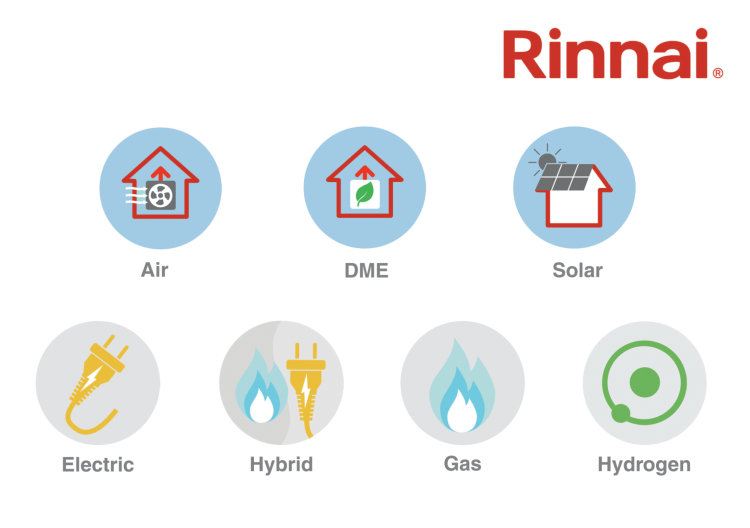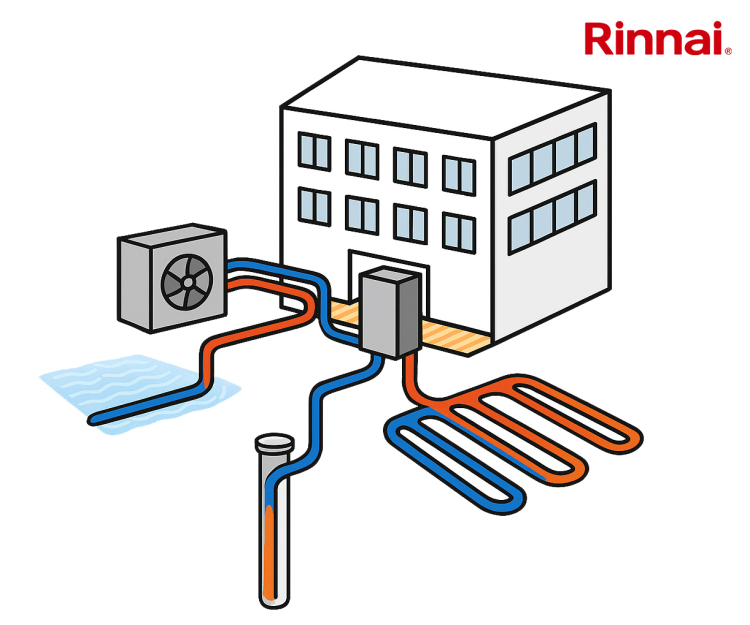27 April 2022
Air pollution levels recorded across major European cities and fast-growing tropical cities indicate an increase in pollutants directly hazardous to health.
In a study led by researchers at the University of Birmingham and UCL, around 180,000 avoidable deaths over 14 years in fast-growing tropical cities were caused by a rapid rise in emerging air pollution.
A European study also found several air pollution hot spots in March 2022, with all of the 20 most polluted cities exceeding the new World Health Organisation (NO2) standard.
180,000 Avoidable Deaths Over 14 Years in Tropical Cities
An international team of scientists aimed to address data gaps in air quality for 46 future “megacities” in Africa, Asia and the Middle East using space-based observations from instruments onboard NASA and European Space Agency (ESA) satellites for 2005 to 2018.
Cities analysed in the study include: Dakar, Lagos, Bangalore, Mumbai, Karachi, Bangkok, Hanoi, Ho Chi Minh City, Jakarta, Manila,Riyadh and Sana’a.
The study reveals rapid degradation in air quality and increases in urban exposure to air pollutants hazardous to health. Across all the cities, the authors found significant annual increases in pollutants directly hazardous to health of up to 14 per cent for nitrogen dioxide (NO2) and up to 8 per cent for fine particles (PM2.5), as well as increases in precursors of PM2.5 of up to 12 per cent for ammonia and up to 11 per cent for reactive volatile organic compounds.
The researchers attributed this rapid degradation in air quality to sources like road traffic, waste burning, and widespread use of charcoal and fuelwood.
“Open burning of biomass for land clearance and agricultural waste disposal has in the past overwhelmingly dominated air pollution in the tropics. Our analysis suggests we’re entering a new era of air pollution in these cities, with some experiencing rates of degradation in a year that other cities experience in a decade.”
–Dr Karn Vohra
UCL
Lead author Dr Karn Vohra (UCL Geography) said: “Open burning of biomass for land clearance and agricultural waste disposal has in the past overwhelmingly dominated air pollution in the tropics. Our analysis suggests we’re entering a new era of air pollution in these cities, with some experiencing rates of degradation in a year that other cities experience in a decade.”
According to the study, the increase in the number of people dying prematurely from exposure to air pollution was highest in cities in South Asia, in particular Dhaka, Bangladesh (totalling 24,000 people), and the Indian cities of Mumbai, Bangalore, Kolkata, Hyderabad, Chennai, Surat, Pune and Ahmedabad (totalling 100,000 people).
The researchers say that while the number of deaths in tropical cities in Africa are currently lower due to recent improvements in healthcare across the continent resulting in a decline in overall premature mortality, the worst effects of air pollution on health will likely occur in the coming decades.
Study co-author Dr Eloise Marais (UCL Geography) continued: “We continue to shift air pollution from one region to the next, rather than learning from errors of the past and ensuring rapid industrialisation and economic development don’t harm public health. We hope our results will incentivise preventative action in the tropics.”
Official estimates suggest that poor air quality contributes to the deaths of up to 36,000 people in the UK every year and over seven million worldwide. Ella Roberta Kissi-Debrah was the first person to have it stated on her death certificate following a landmark ruling at Southwark Coroner’s Court in December 2020.
Newcastle Tops List of Highest NO2 Levels Across Europe
Scientists at Airly, the air quality monitoring platform, reported on NO2 and PM10 elements of air pollution across European cities in March 2022.
The highest concentration of NO2 was recorded in Newcastle upon Tyne. The highest concentrations of PM10 occurred in Malaga and Seville.
The rise in air pollution was significantly influenced by a Sahara desert dust storm that travelled across Europe. The dust and other factors such as high pressure and lack of wind, meant that air pollution in southern and western Europe was slightly higher than in central Europe.
Long term exposure to PM10 may lead to reduced lung function, the development of cardiovascular and respiratory diseases and an increased rate of disease progression. Long-term exposure to Nitrogen dioxide may contribute to the development of asthma and increase susceptibility to respiratory diseases.
Marcin Gnat, spokesperson at Airly commented: “This study confirms others which suggest that almost the entire global population (99 per cent) breathes air that exceeds WHO air quality limits, and threatens their health. Although the number of countries and cities where air quality is monitored continuously is increasing, there is still a lack of such information in a great number of vulnerable sites.
“By knowing the exact pollution situation in their surroundings, local governments and communities are able to take appropriate steps to improve air quality, and then monitor the effectiveness of the actions taken”.
Picture: a graphic showing industrial chimneys with smoke coming out of them, overlayed on a world map. A person wearing a white lab coat, holding a tablet and wearing a protective face mask can be seen on the right of the image. Image Credit: Pixabay
Article written by Ella Tansley | Published 27 April 2022
Share
Related Articles
Clean Air Day Survey Reveals 83% of People Want to Know More About Indoor Pollution
A survey conducted for Clean Air Day found that 83 per cent of respondents wanted to know more about the air quality inside their homes, 1/6 said they worried about...
Read Full Article
BESA Launches Indoor Air Quality Training for Clean Air Day
The Building Engineering Services Association is marking 2023’s National Clean Air Day with new IAQ training materials.
The theme of this year’s Clean Air...
Read Full Article
Pollution Law Update Ignores IAQ, BESA Objects
The Building Engineering Services Association (BESA) says it is surprised that changes to pollution laws announced by the government ignore the importance of indoor air...
Read Full Article
Clean Air Day 2022 – The Business Case for Improved Air Quality
Clean Air Day is the UK's largest air pollution campaign, bringing together communities, businesses, schools and the health sector.
Watch the...
Read Full Article
Music Created Using Air Quality Data
Scientists at the University of Birmingham and sound artist Robert Jarvis have worked together to create three musical compositions created using air quality...
Read Full Article
World's First Climate Change Patient?
A woman in Canada has recently been the first to be diagnosed with health complications as a direct result of climate-change-induced weather experience. Dr Kyle Merrit...
Read Full Article
BESA Highlights Shortcomings of Government IAQ Report
A report commissioned by the government’s chief scientific adviser Sir Patrick Vallance has highlighted the crucial role played by building ventilation in...
Read Full Article
Why is Air Quality Important?
Last month was National Clean Air Month in the US. Why is air quality important?
The pandemic has brought consideration of clean air to the public eye, but the quality...
Read Full Article
BESA Backs Air Quality Campaign for Ella’s Law
BESA is supporting plans to introduce Ella’s Law, named in memory of Ella Roberta Kissi-Debrah, the first person in the world to have her death directly attributed...
Read Full Article
Improving Air Quality Could Boost UK Economy by £1.6bn Annually
3 million working days a year are lost to air pollution under current targets, according to a report commissioned by the Clean Air Fund.
The new study,...
Read Full Article

.gif)



.gif)
.gif)






.png)

